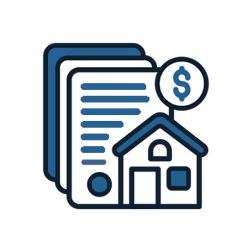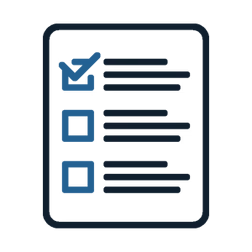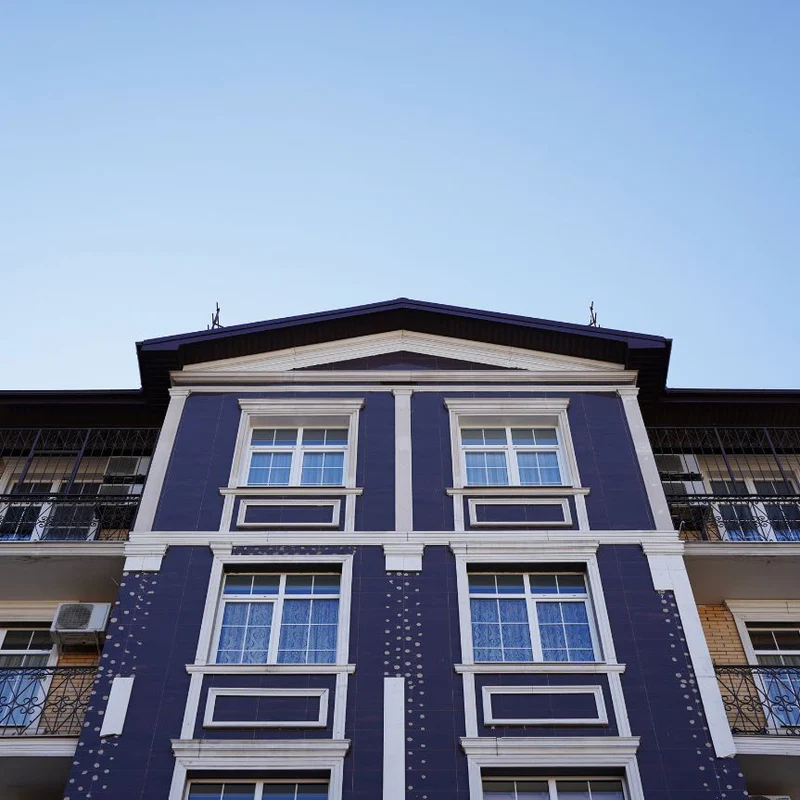Welcome to Dave Butler’s guide on reverse mortgages, a powerful financial tool that offers
unique benefits for homeowners, especially for those in Canada. If you’re looking to access the
equity in your home, supplement your retirement income, or enhance your financial flexibility, a
reverse mortgage could be the solution you’ve been searching for.
A reverse mortgage is a loan available to Canadian homeowners aged 55 and older, that allows
them to convert a portion of their home equity into tax-free cash. Unlike traditional mortgages
where you make monthly payments to the lender, with a reverse mortgage, the lender makes
payments to you, either in a lump sum, regular payments, or a combination of both.

Access to Equity:
Unlock the equity in your home without having to sell or downsize, providing financial freedom and flexibility.

No Age Discrimination:
Unlike traditional mortgages, where some banks may deny applications based on age, reverse mortgages work better as borrowers get older. The older you are, the more equity you can access, making reverse mortgages an ideal solution for retirees and seniors.

Eliminate Monthly Payments:
With a reverse mortgage, you’re not required to make monthly mortgage payments, easing your financial burden, and improving your cash flow.

Retain Ownership:
You continue to own and live in your home for as long as you choose, maintaining control over your property and lifestyle.

The funds received from a reverse mortgage are tax-free, allowing you to use the money as you see fit, whether it’s for home renovations, healthcare expenses, or travel.

To qualify for a reverse mortgage in Canada, you must be a homeowner aged 55 or older, and your home must be your primary residence.

The amount you can borrow through a reverse mortgage is based on factors such as your age, home value, location, and current interest rates. Reverse mortgage applications DO NOT focus on your income.
The loan, along with accrued interest, is typically repaid when the home is sold, or the last borrower permanently moves out of the property.
To qualify for a reverse mortgage in Canada, you must be a homeowner aged 55 or older, and your home must be your primary residence.
The amount you can borrow through a reverse mortgage is based on factors such as your age, home value, location, and current interest rates. Reverse mortgage applications DO NOT focus on your income.
The loan, along with accrued interest, is typically repaid when the home is sold, or the last borrower permanently moves out of the property.
As someone who has been working with reverse mortgages for over two decades, Dave and his
team understand the unique needs of retirees and seniors, and they’re committed to providing
personalized guidance and support throughout the reverse mortgage process.
Join thousands of clients who rely on Dave to get the latest mortgage rates and market insights – our information could save you money on your next loan.
© 2024, Dave Butler.